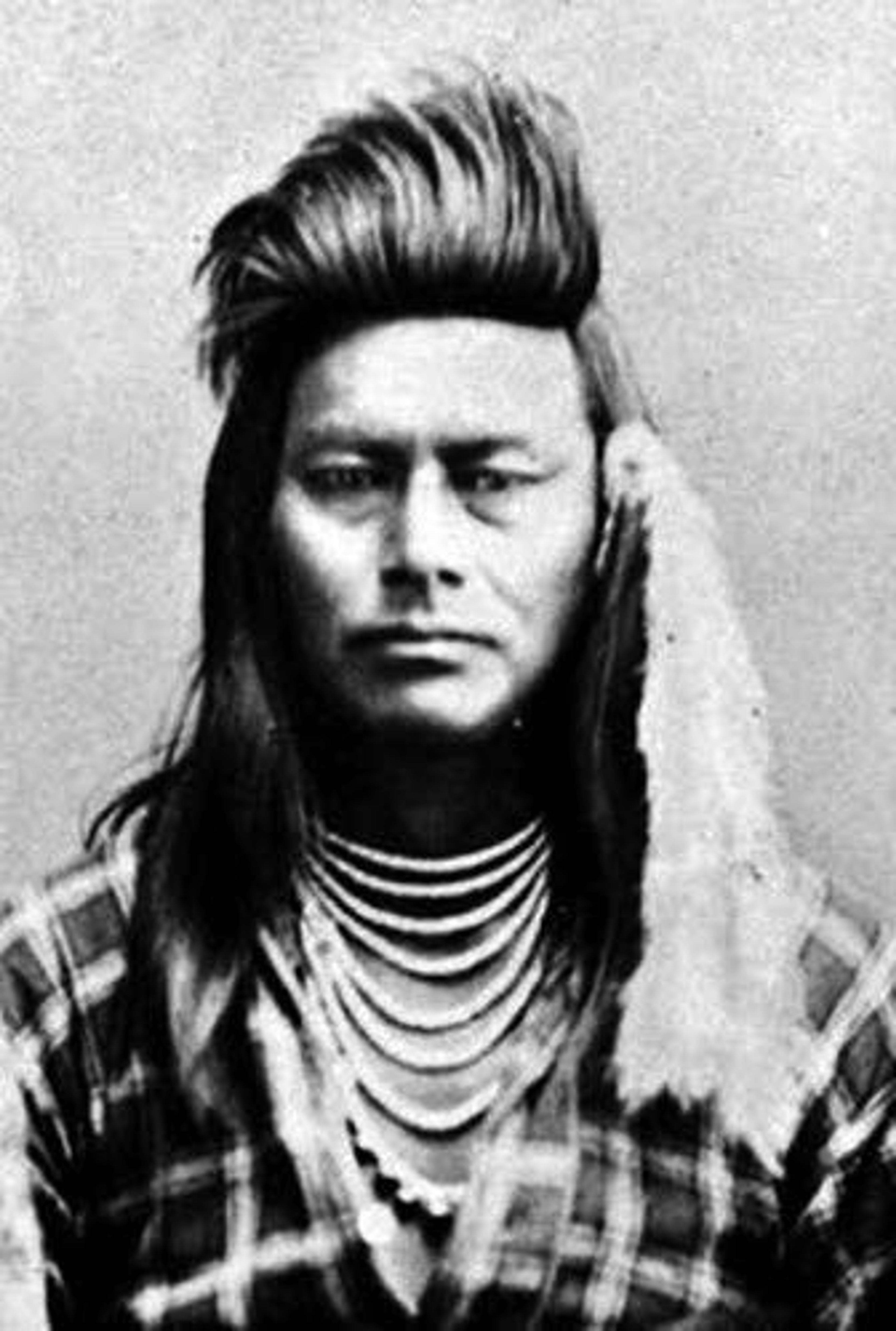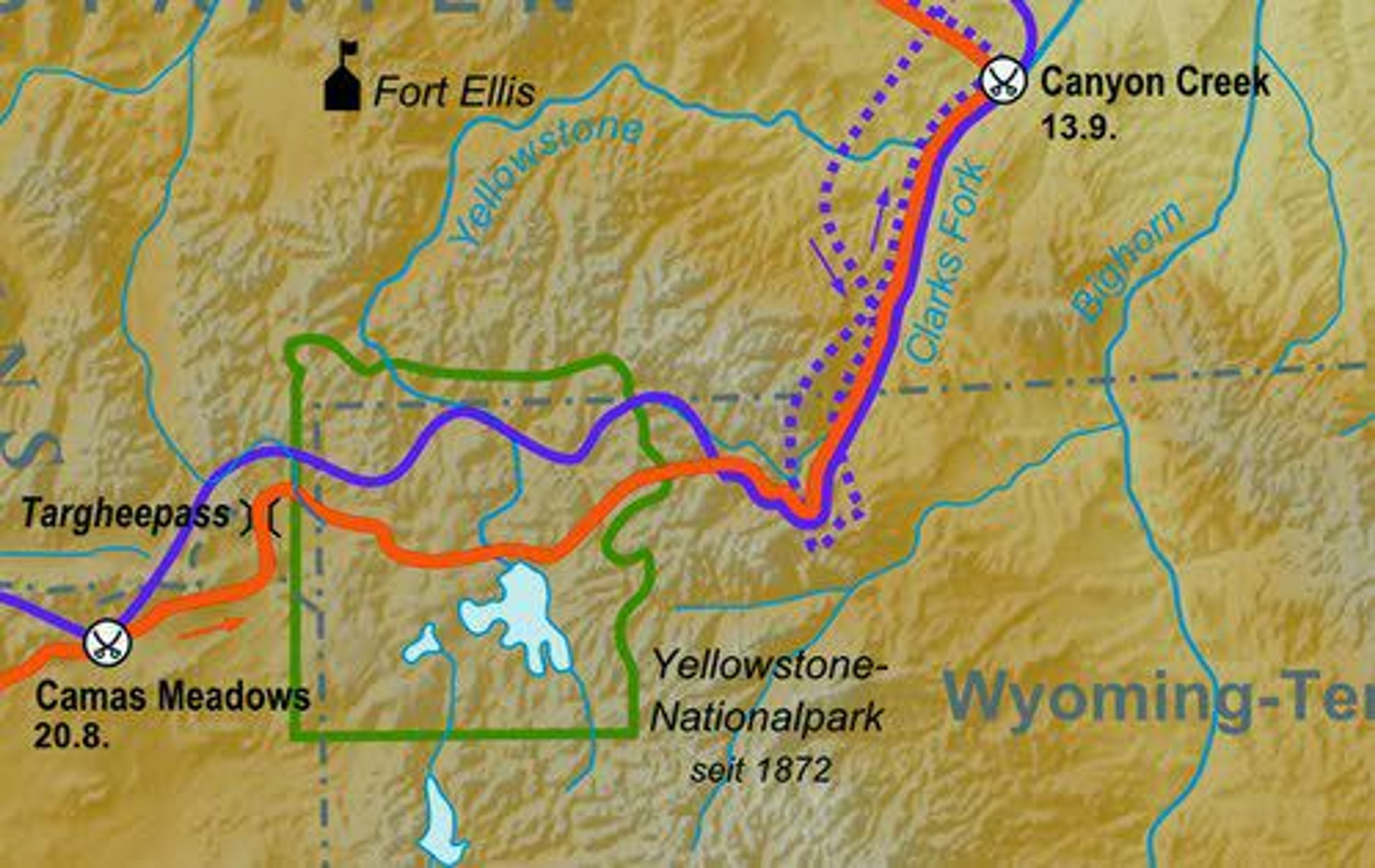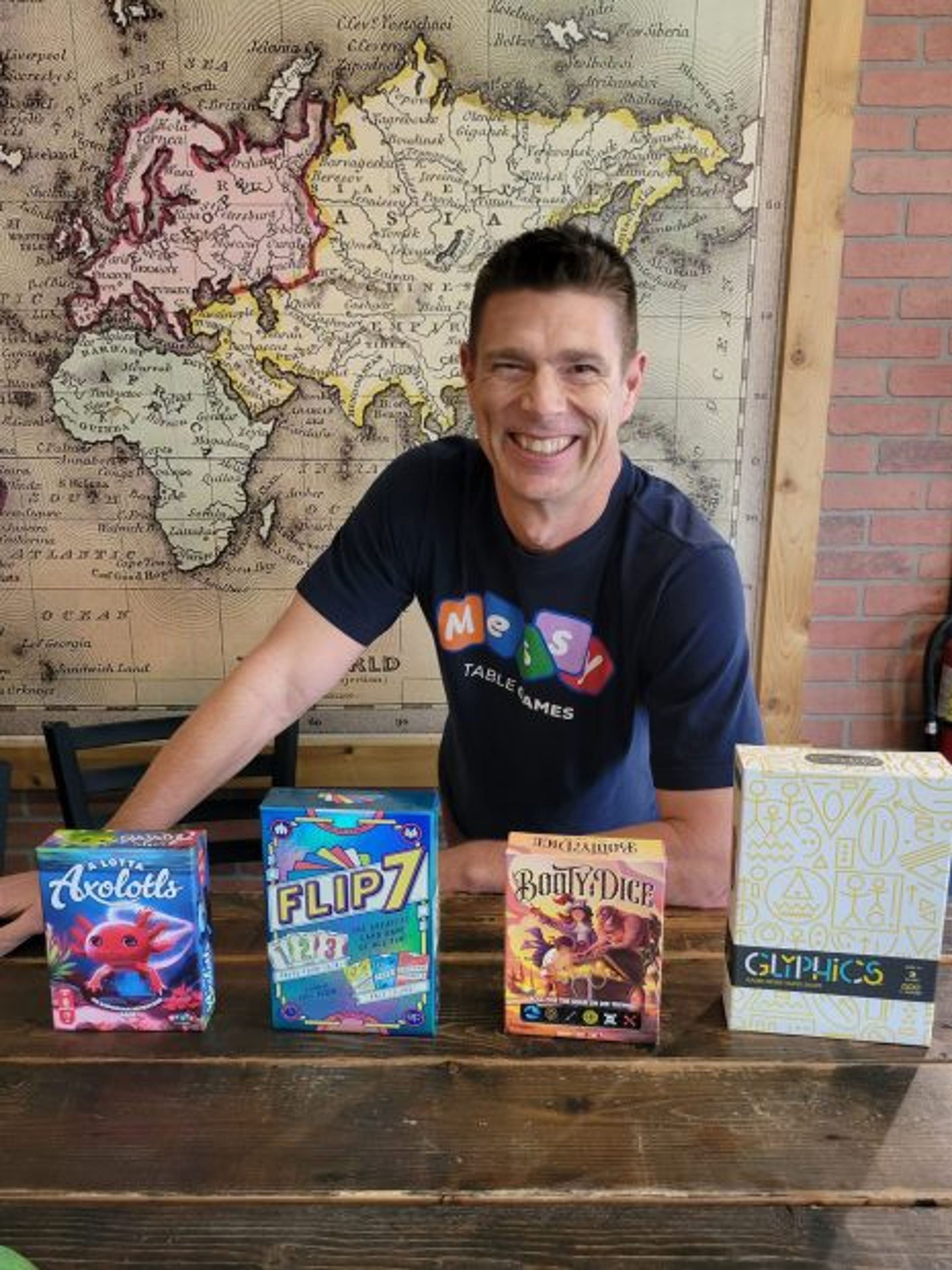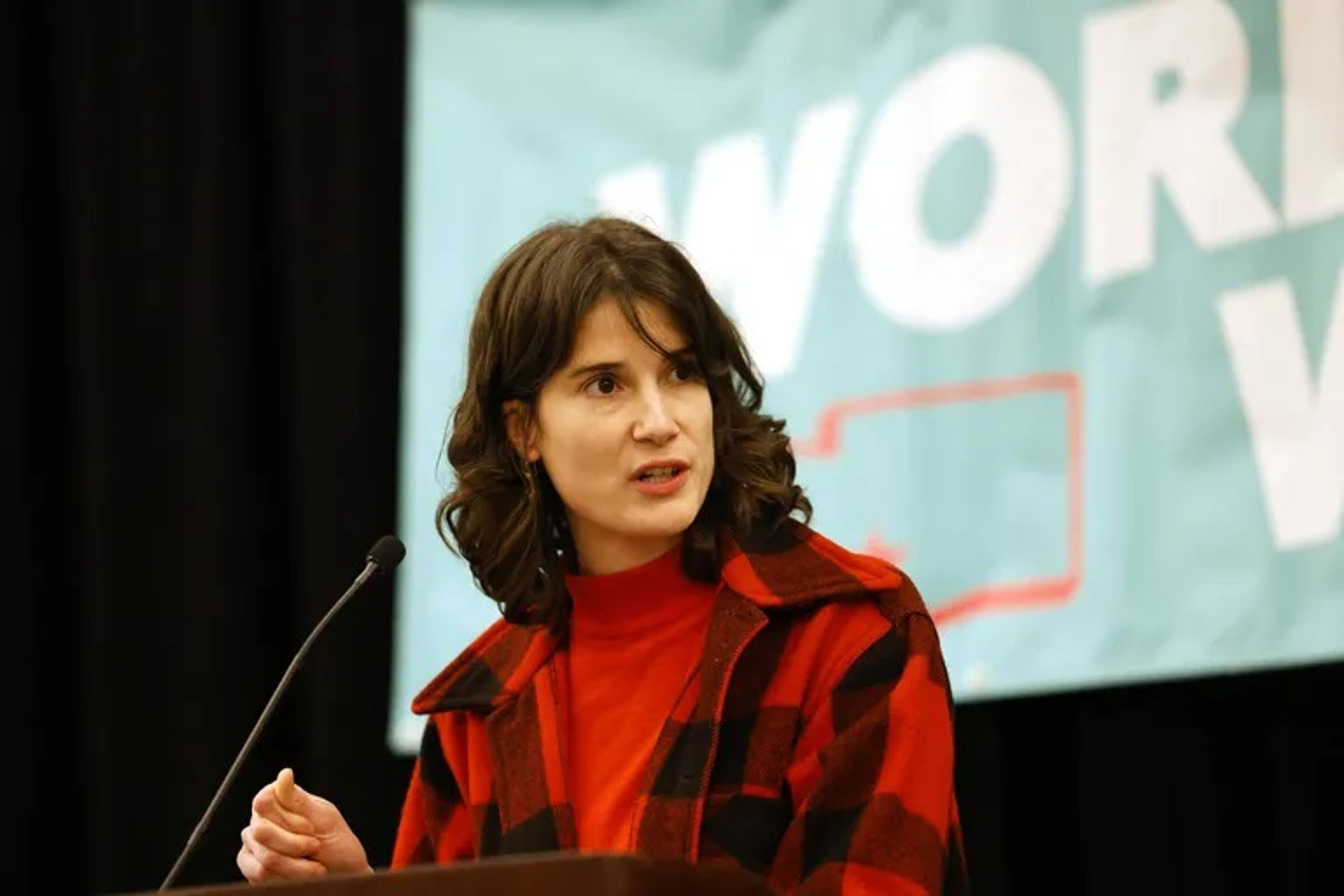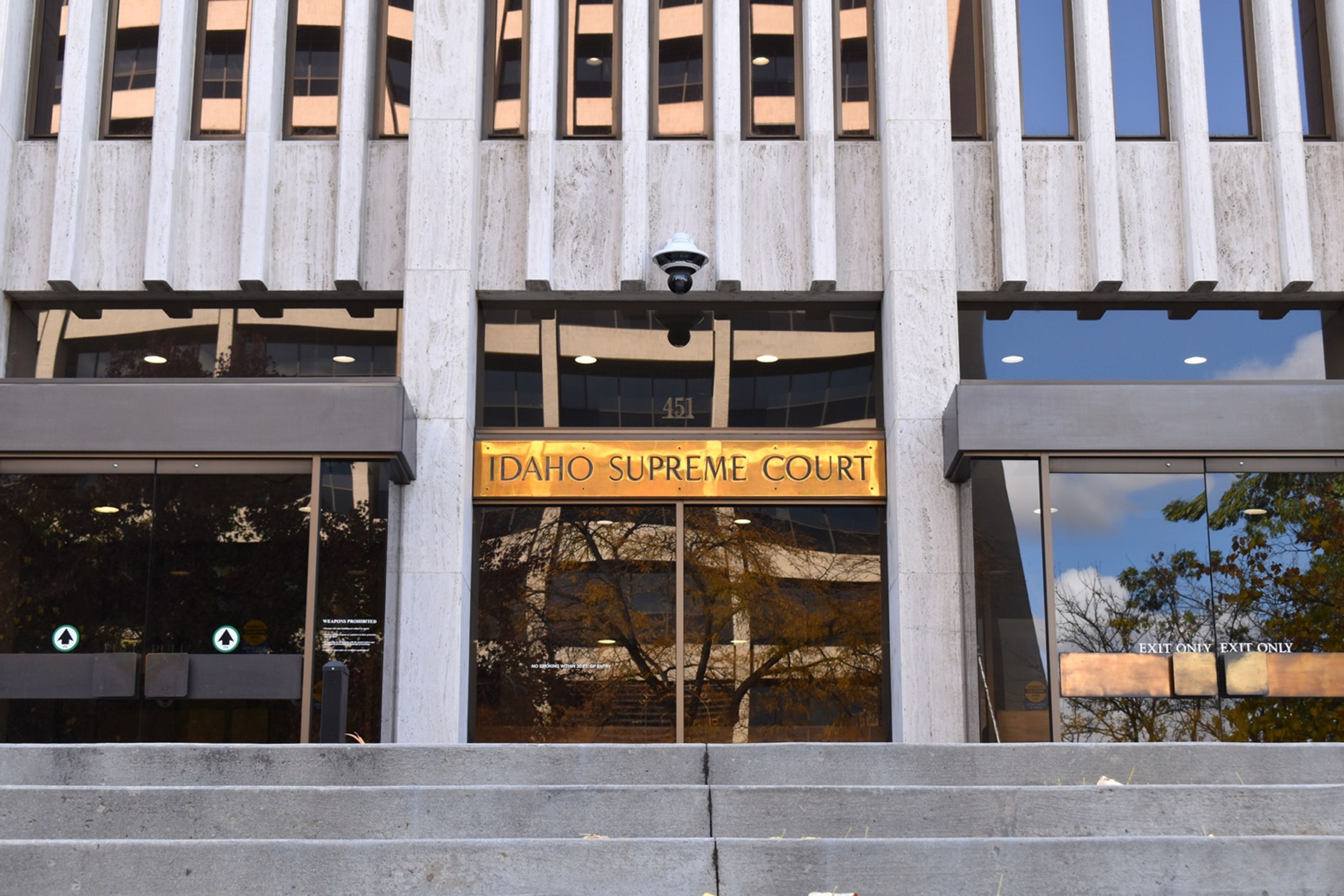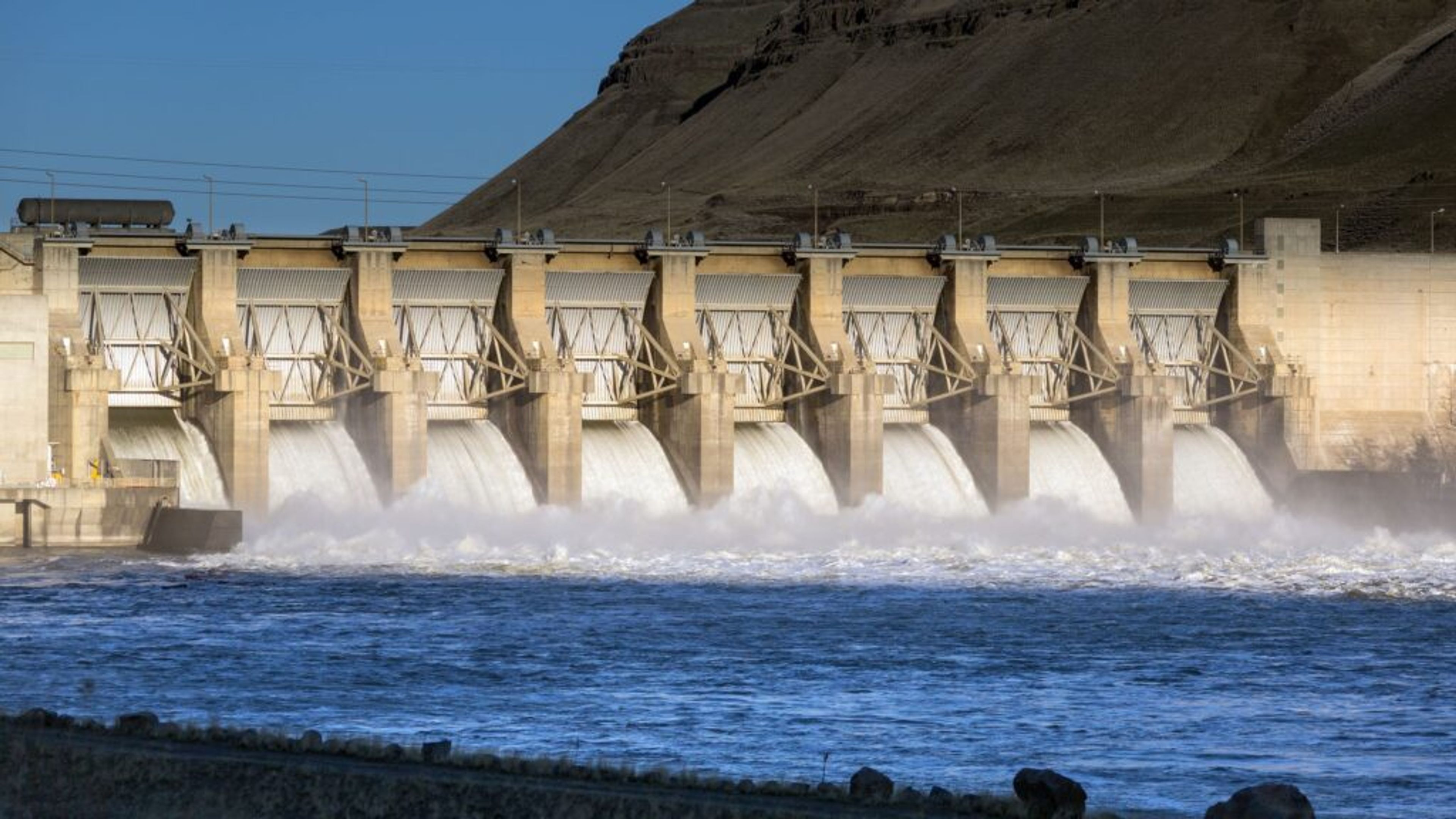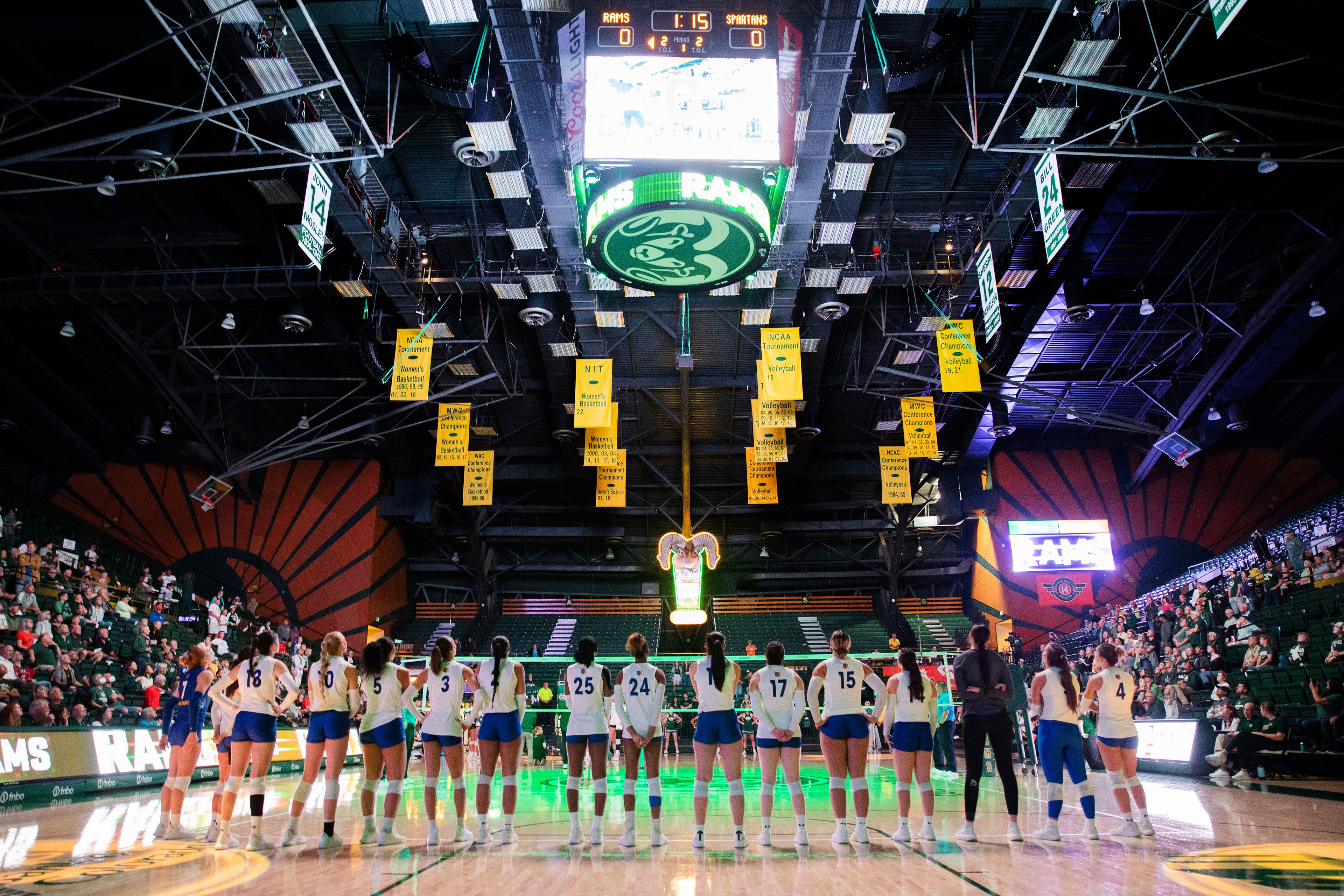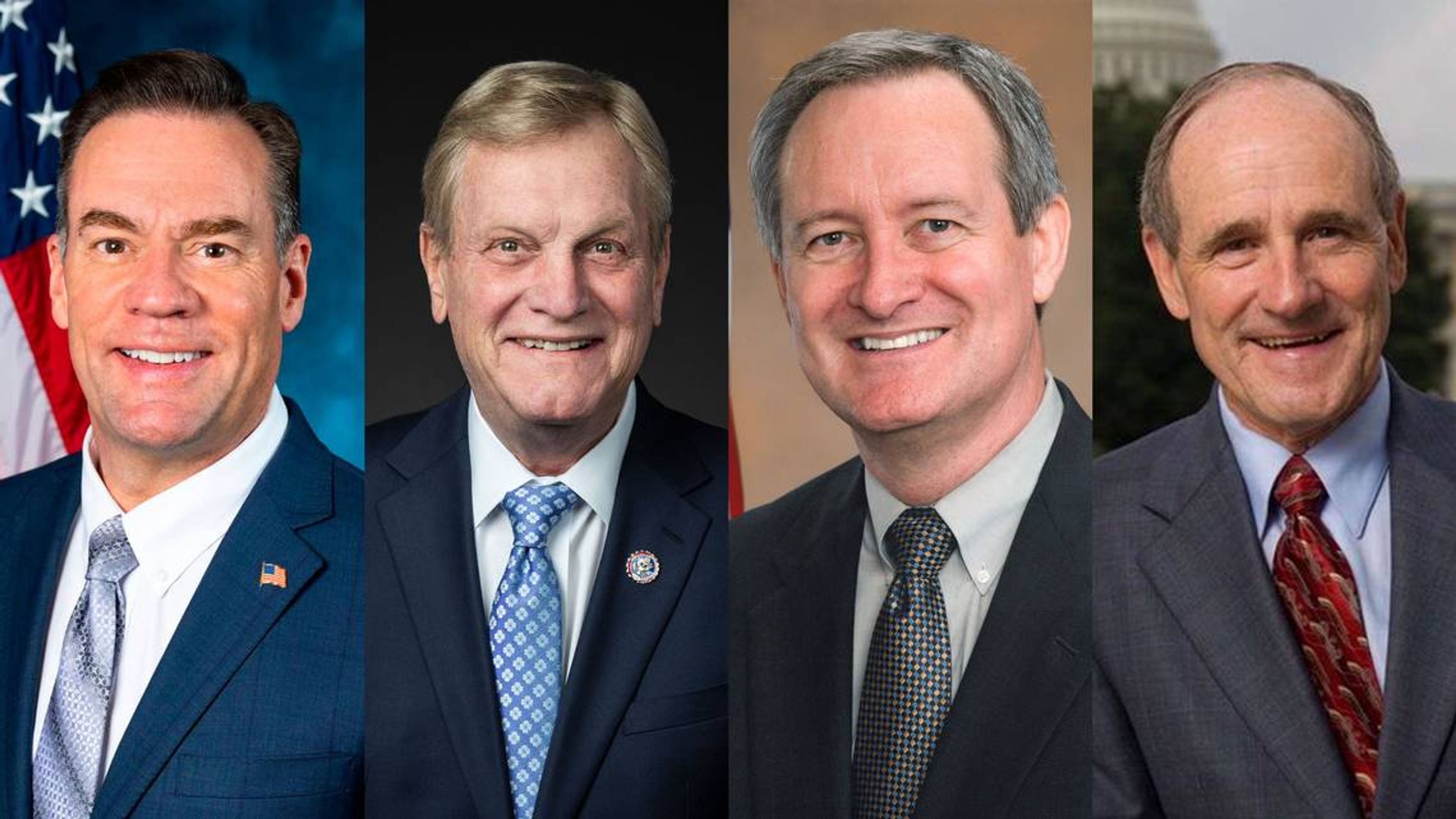If a writer had the task of summing of the Nez Perce War of 1877 in one paragraph, he could probably do no better than to quote the surrender speech made by Chief Joseph at the end of the war, Oct. 5.
The speech was a thing of beauty and it should probably either be quoted completely or not at all. At the appropriate time in this series of articles, it will be quoted completely.
One line of the speech, however, sheds light on events in August of that year. We now quote that line because these articles are written roughly to coincide with the dates on which events described actually occurred.
So here goes:
" ... He who led the young men is dead ... "
The man who led the young men was Ollokot, Joseph's brother, and 140 years ago this month, with two months to live, Ollokot was very much alive, leading the young men.
It should be noted, however, that Lean Elk (Poker Joe) was in overall command of the Nez Perce "hostiles" after the Battle of the Big Hole as they retreated southeast along the Montana side of the Continental Divide and then dodged over the Lemhi Pass into Idaho, continuing east along the divide toward Yellowstone Park.
(During the fighting in Idaho and the retreat over the Lolo Trail, Poker Joe and his small band of buffalo hunters had been in Montana. They joined the Nez Perce "hostiles" shortly before the Big Hole battle.)
Handsome, Strong Ollokot
But to get back to Ollokot. He was a handsome, strong man, in his early 30s at the time of war.
He stood about 2 inches over Joseph's 6 feet and memories of him and legends about him have been cherished by all factions of the tribe.
One Nez Perce source attributes to Ollokot, during a running fight of the war, an order that went something like this:
"Those troops come from the city. They aren't good horsemen. Wait until they get where the trail is rough. They will grab their saddle horns. Then is the time to shoot."
Following the Big Hole battle, Gen. John Gibbon and his forces were out of the picture but Gen. Oliver O. Howard stayed on the heels of the retreating Nez Perces.
The night of Aug. 19 Howard's forces camped at Camas Creek where the Nez Perces had camped the night before, about 40 miles from Yellowstone Park.
In the chill hour before dawn, a group of young warriors led by Ollokot pulled the one and only Hollywood-style raid of the war. The object was to run off the horses and perhaps kill Howard and his staff.
As usual, there was not unanimity of Nez Perce opinion on how the raid should be conducted. Some wanted to raid mounted; others wanted to sneak into the camp dismounted; Ollokot wanted to get going.
They got going, most of them mounted, and succeeded in liberating a few horses before a warrior, for some unaccountable reason, fired a shot. The warriors then charged the camp, stampeded the pack animals, lost one man, and took off over open country with several companies of cavalry in pursuit.
At night, one's imagination is strong. Consider Howard's subsequent account of the Nez Perce attack:
Howard's Account
"Joseph had so organized a few of his Indians and marched them toward camp as to make the picket think it was (Lt. George) Bacon's party coming back. They, the Indians, came on by fours, steadily, and very like our troopers, 'til challenged. Not being able to reply correctly, the picket fired upon them. This was doubtless the first sound. Then came the big firing and yelling, and then, quickly enough, the reply from our camp."
While the Nez Perces were being pursued, Howard gathered his infantry, artillery and the rest of his cavalry for defense of the camp.
While Howard was having breakfast a messenger arrived with the news that some of the mules had been recovered. Howard replied, "Tell the major all right. I do hope that he may get them all."
Howard had another cup of coffee and another messenger arrived, saying, "The major says, sir, the Indians have come back to attack in large force and are turning his left."
Howard moved his forces toward the threatened area until he came to the retiring line of troops.
"What is the matter, major?" Howard asked.
"We were pushing ahead, Carr in front, when we ran into sort of an ambush. The Indians began to get first around Norwood's left, and then around Jackson over on the right. I thought as there were so many of them that I would draw back a little."
"But where is Norwood?"
"That is what I am trying to figure out."
"Why, you haven't left him?"
No, he hadn't left Norwood, but it seemed that Norwood had stopped. Howard extended his line, advanced and drew up to Norwood's force, which had held the warriors off. The warriors withdrew at the sight of Howard's force.
"We turned slowly with out six wounded men, and one dead," Howard later wrote. "One dead! It seemed strange to us, there at the edge of the meadow, in the middle of the continent, and that one the favorite orderly and bugler of Captain Jackson."
Several days before the Camas Meadows battle, Howard had dispatched a force under Bacon along the Montana side of the Continental Divide to Targhee Pass, where the divide turns south. The Nez Perces would probably use this pass to enter Yellowstone Park. Bacon's orders were to defend the pass until Howard should arrive.
Bacon waited several days at the pass but neither the Nez Perces nor Howard showed up because of the delay caused by the battle. Bacon backtracked to Howard. Shortly after Bacon left, the Nez Perces arrived and crossed the pass.
Howard was now several days behind the Nez Perces. At Henry's Lake the troops were given a rest and Howard took a wagon ride to Virginia City, about 70 miles away. He needed supplies and he wanted to send some telegrams. He was certainly one to give plenty of explanations.
In the meantime the Nez Perces stretched their lead, heading for their friends, the Crows.
